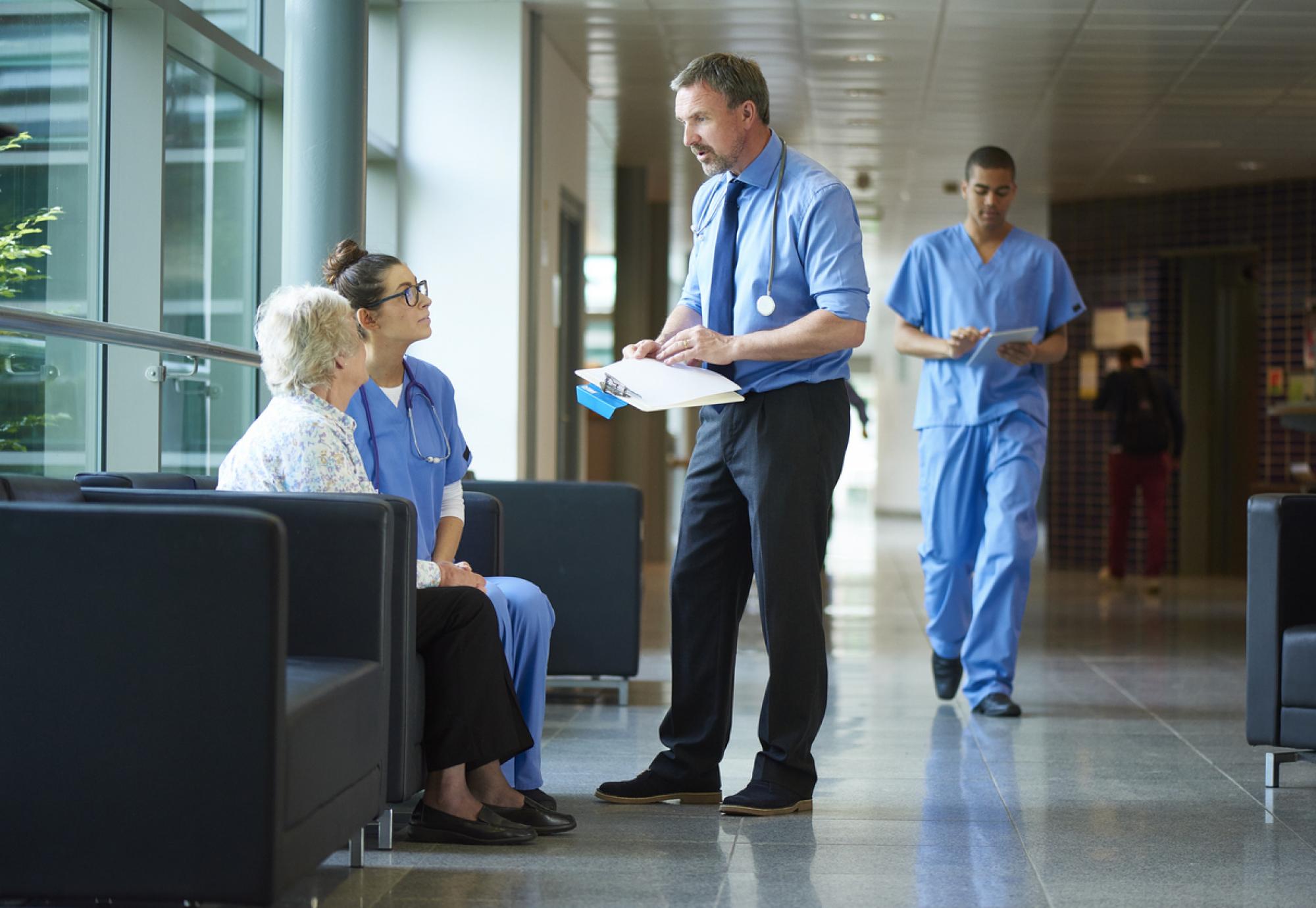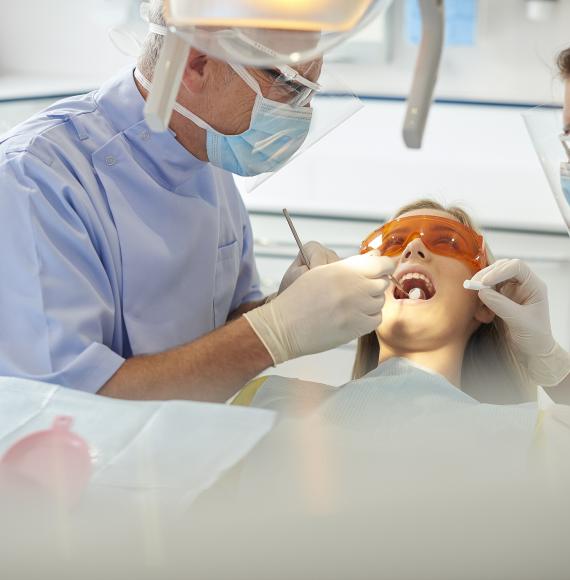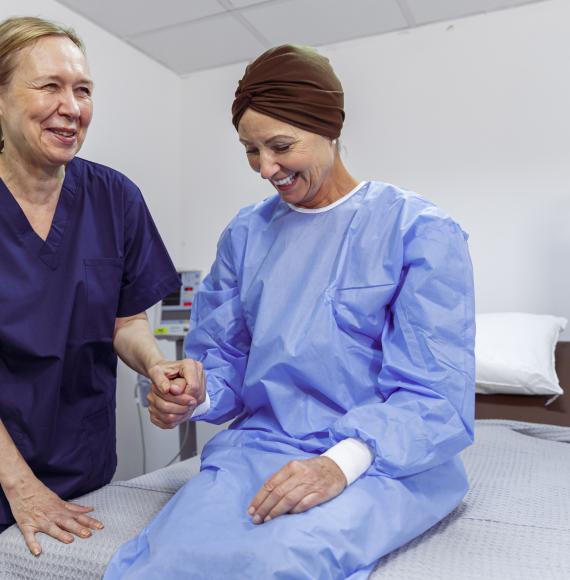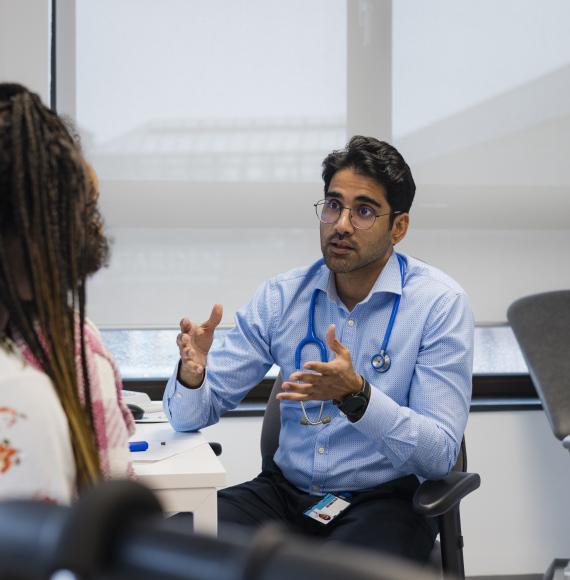The Scottish Government has published its NHS Recovery Plan, outlining more than £1bn of targeted investment for the recovery and renewal of Scotland’s health service.
It sets out key actions for the next five years to help address the backlogs in healthcare and increase capacity by at least 10%. This will include a range of reforms across primary and acute NHS services to help recover from the impact of the pandemic.
The Scottish Government committed to publishing the plan within its first 100 days of office. One of the key aims in primary care is to restore face-to-face GP consultations as quickly and safely as possible, ensuring everyone can continue to make use of eHealth services such as NHS Near Me, if that is their preference.
First Minister Nicola Sturgeon was joined by Health Secretary Humza Yousaf to launch the NHS Recovery Plan during a visit to the new National Centre for Sustainable Delivery (CfSD), which is thought to play a key role in supporting improvements in outpatient and inpatient capacity as well as diagnostics.
She said: “This plan will drive the recovery of our NHS, not just to its pre-pandemic level, but beyond.
“As we maintain our resilience against Covid-19 and other pressures, the Scottish Government is providing targeted investment to increase capacity, reform the system and ultimately get everyone the treatment they need as quickly as possible.
“Tackling the backlog of care is essential and will be a priority. But we want to go further than that and deliver an NHS that is innovative, sustainable and stronger than ever before.”
This is also expected to reinforce the NHS Pharmacy First scheme, aimed at enhancing the range of services patients can access from community pharmacists, without having to go to their GP.
Prior to the pandemic, Scotland’s NHS carried out approximately 270,000 inpatient/day cases per year, and approximately 1.4 million outpatient appointments. In acute care they hope to increasing capacity beyond these levels for inpatients, day cases, outpatients, and diagnostics.
Another priority within the plan is to focus on the health and well-being of NHS staff.
The actions in the plan include:
- increasing investment in National Treatment Centres (NTCs) to more than £400m, contributing to the delivery of over 40,000 additional elective surgeries and procedures per year
- raising primary care investment by 25%, supporting GPs, community pharmacists, dentists, and optometrists
- investing £29m to target diagnostic backlogs, providing 78,000 additional procedures in 2021/22, rising to 90,000 per year from 2025/26
- providing £8m to support the mental health and well-being of the health and care workforce
- investing £11m in new national and international recruitment campaigns to produce an additional 1,500 staff over the next five years for their NTCs, 1,000 mental health link workers in communities, 800 more GPs, and boosting paramedic numbers through the £10,000 Paramedic Bursary.
- delivering £23m to redesign urgent care – with rapid access to a senior clinician via a telephone or video consultation where possible, reducing the pressure on A&E
- devoting £130 million to deliver our National Cancer Plan and Detect Cancer Early Programme
- ensuring at least 10% of frontline health spending will be dedicated to mental health, and recruiting 320 additional Child and Adolescent Mental Health Services (CAMHS) workers



















